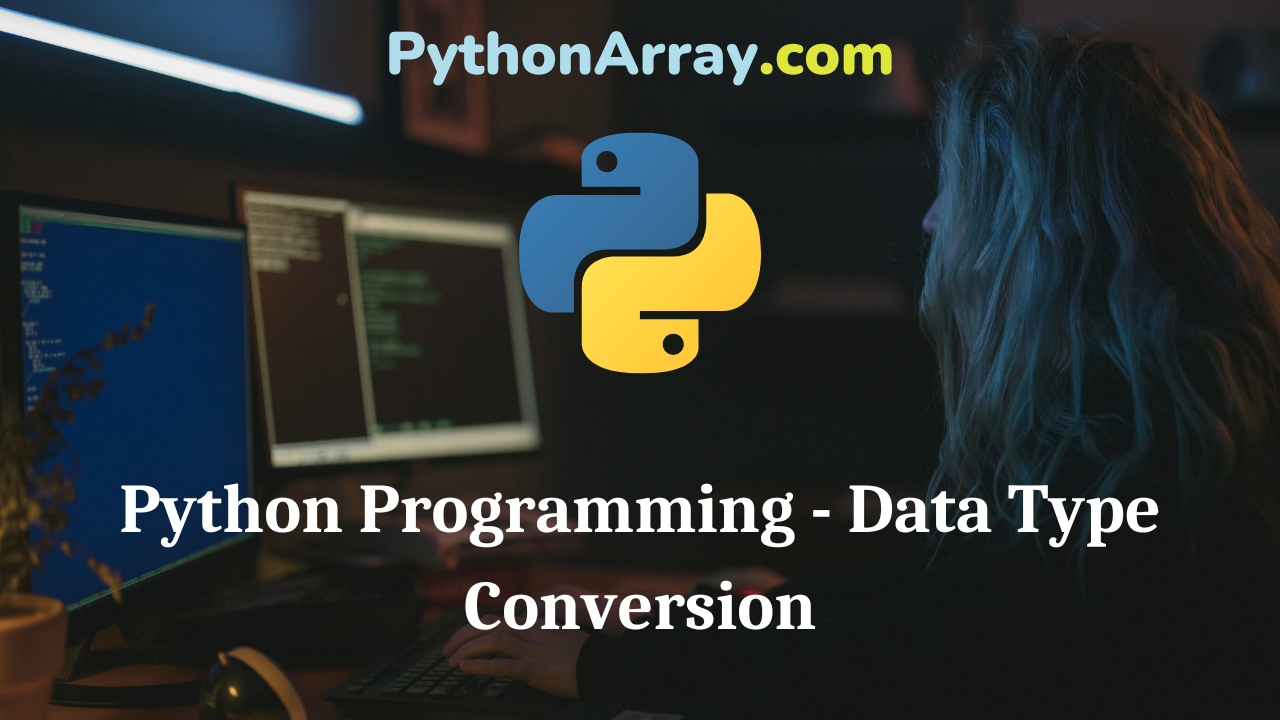Python Programming – Data Type Conversion
While developing a program, sometimes it is desirable to convert one data type into another. In Python, this can be accomplished very easily by making use of built-in type conversion functions. The type conversion functions result in a new object representing the converted value. A list of data type conversion functions with their respective description is given in Table 2.2.
- Python Programming – Built-in Functions
- Python Programming – Numbers
- Convert a list containing float numbers to string in Python
| Function | Description |
| int(n [,base]) | Converts n to an integer, base specifies the base if n is a string. |
| long(n [,base]) | Converts n to a long integer, base specifies the base if n is a string. |
| float(n) | Converts n to a floating-point number. |
| Complex ( real [,imag]) | Creates a complex number. |
| str(n) | Converts object n to a string representation. |
| repr(n) | Converts object n to an expression string. |
| eval(str) | Evaluates a string and returns an object. |
| tuple(x) | Converts x to a tuple. |
| list(x) | Converts x to a list. |
| set(x) | Converts x to a set. |
| dict(d) | Creates’ a dictionary, d must be a sequence of (key, value) tuples. |
| frozenset(x) | Converts x to a frozen set. |
| chr(n) | Converts an integer n to a character. |
| unichr(n) | Converts an integer n to a Unicode character. |
| ord(c) | Converts a single character c to its integer value. |
| hex(n) | Converts an integer n to a hexadecimal string. |
| oct(n) | Converts an integer n to an octal string. |
